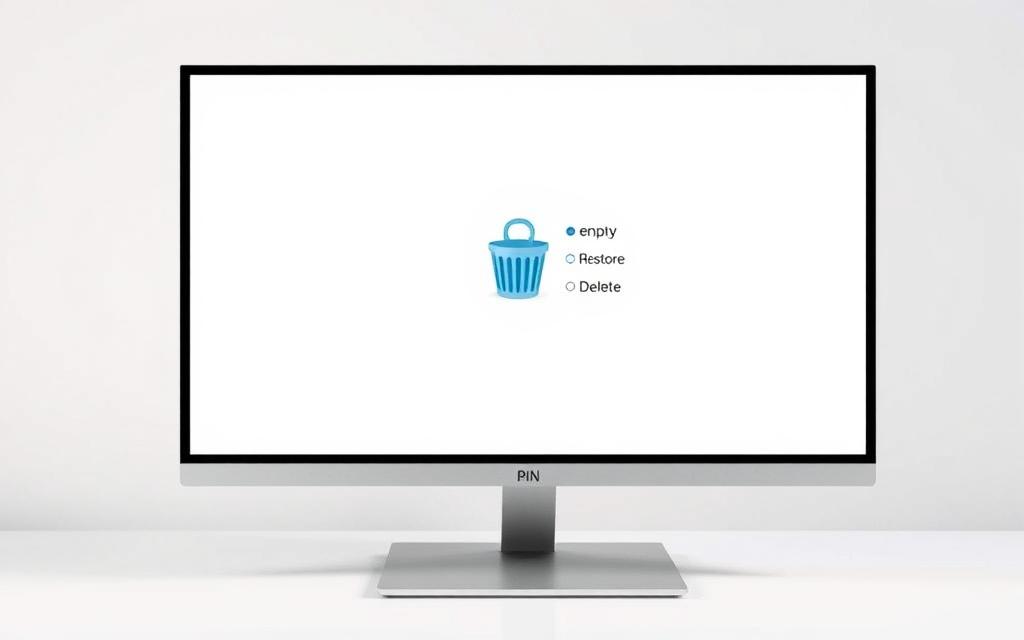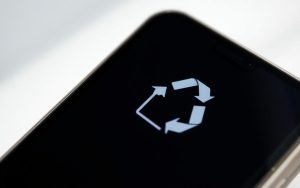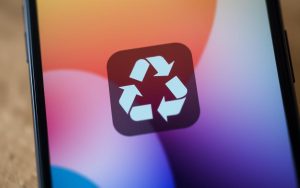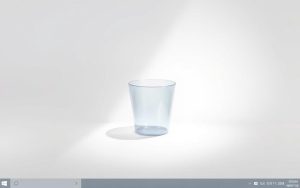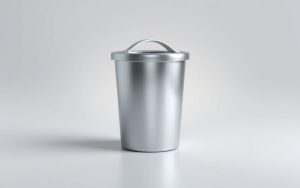Table of Contents
Customizing your desktop can enhance both its appearance and functionality. One common adjustment is removing the Recycle Bin icon. This step is particularly useful for maintaining a clean workspace or ensuring privacy in shared environments.
Since its introduction in Windows 95, the Recycle Bin has been a staple feature. It was inspired by Apple’s “Trash” and serves as a temporary storage for deleted files. Even after removing the icon from your desktop, the Recycle Bin remains fully functional in the background.
This guide covers methods compatible with Windows 11, 10, 8, and 7. From simple settings adjustments to advanced techniques like Registry edits, you’ll find the right solution for your needs.
Introduction to Removing the Recycle Bin
The Recycle Bin has been a key feature of Windows since its inception. Introduced in Windows 95, it was inspired by Apple’s “Trash” and serves as a temporary storage for deleted files. This ensures users can recover data if needed, making it a vital component of the operating system.
Many users choose to adjust or remove the Recycle Bin icon from their desktop for various reasons. Aesthetic preferences, workspace organization, and security concerns are common motivations. However, it’s important to note that removing the icon doesn’t delete the functionality. The Recycle Bin remains active in the background, ready to store deleted files.
There are technical limitations to consider. The Recycle Bin is a system component, meaning it cannot be fully deleted. Instead, users can hide the icon or disable its visibility. This distinction is crucial for understanding the impact of your actions.
Historically, the naming of the Recycle Bin sparked legal discussions due to its similarity to Apple’s “Trash.” Despite this, it has become a staple feature across Windows versions, including Windows 11 and 10. Each version may have slightly different instructions for customization, so it’s essential to follow version-specific guidelines.
Understanding the difference between hiding and disabling the Recycle Bin is key. Hiding the icon keeps the functionality intact, while disabling it may lead to permanent deletion of files. Always weigh the consequences before making changes to your desktop settings.
How to Remove the Recycle Bin Using Desktop Icon Settings
Streamlining your workspace often involves customizing desktop icons. One of the most common adjustments is managing the recycle bin icon. This process is straightforward and can be done through desktop icon settings.
![]()
Step 1: Access Personalization Settings
To begin, right-click on your desktop and select Personalize. Alternatively, press Win + I to open the Settings menu and navigate to Personalization. Both methods will lead you to the same options.
Step 2: Navigate to Desktop Icon Settings
Once in the Personalization menu, click on Themes. Scroll down to find Related Settings and select Desktop Icon Settings. This will open a new window with options to customize your desktop icons.
Step 3: Uncheck the Recycle Bin Option
In the Desktop Icon Settings window, you’ll see a list of icons. Simply uncheck the box next to Recycle Bin and click Apply. This will hide recycle bin from your desktop while keeping its functionality intact.
Here’s a quick comparison of the process across different Windows versions:
| Windows Version | Access Method | Steps |
|---|---|---|
| Windows 11 | Right-click > Personalize > Themes > Desktop Icon Settings | Uncheck Recycle Bin |
| Windows 10 | Start Menu > Settings > Personalization > Themes > Desktop Icon Settings | Uncheck Recycle Bin |
| Windows 7/8 | Right-click > Personalize > Change Desktop Icons | Uncheck Recycle Bin |
If you encounter issues with missing Themes options, ensure your system is updated. Restoring the icon is just as simple—recheck the box in Desktop Icon Settings.
How to Remove the Recycle Bin Using the Windows Registry
Advanced users often turn to the Windows Registry for deeper customization. This method allows you to hide the Recycle Bin icon by modifying specific keys. However, editing the Registry carries risks, so proceed with caution.
Before making any changes, back up your system. This ensures you can restore settings if something goes wrong. Always double-check the keys you modify to avoid unintended consequences.
Step 1: Open the Registry Editor
Press Win + R, type regedit, and hit Enter. This opens the Registry Editor, where you can navigate to the necessary key.
Step 2: Locate the Recycle Bin Key
Navigate to the following path:
HKEY_LOCAL_MACHINE\SOFTWARE\Microsoft\Windows\CurrentVersion\Explorer\Desktop\NameSpace
Look for the GUID645FF040-5081-101B-9F08-00AA002F954E. This key represents theRecycle Bin.
Step 3: Delete the Recycle Bin Key
Right-click the GUID and select Delete. Confirm the action, then restart your computer. The Recycle Bin icon will no longer appear on your desktop.
This method works across most Windows versions, but effectiveness may vary. For example, Windows 11 and 10 handle Registry changes similarly, while older versions like Windows 7 may require additional steps.
If you encounter issues, consider using PowerShell commands to restore the icon. Avoid modifying unrelated keys, as this can destabilize your system.
How to Remove the Recycle Bin Using Local Group Policy Editor
For users seeking advanced customization, the Local Group Policy Editor offers a powerful solution. This tool is particularly useful in enterprise environments or for those running Windows Pro or Enterprise editions. It provides a structured way to manage system settings, including desktop icons.
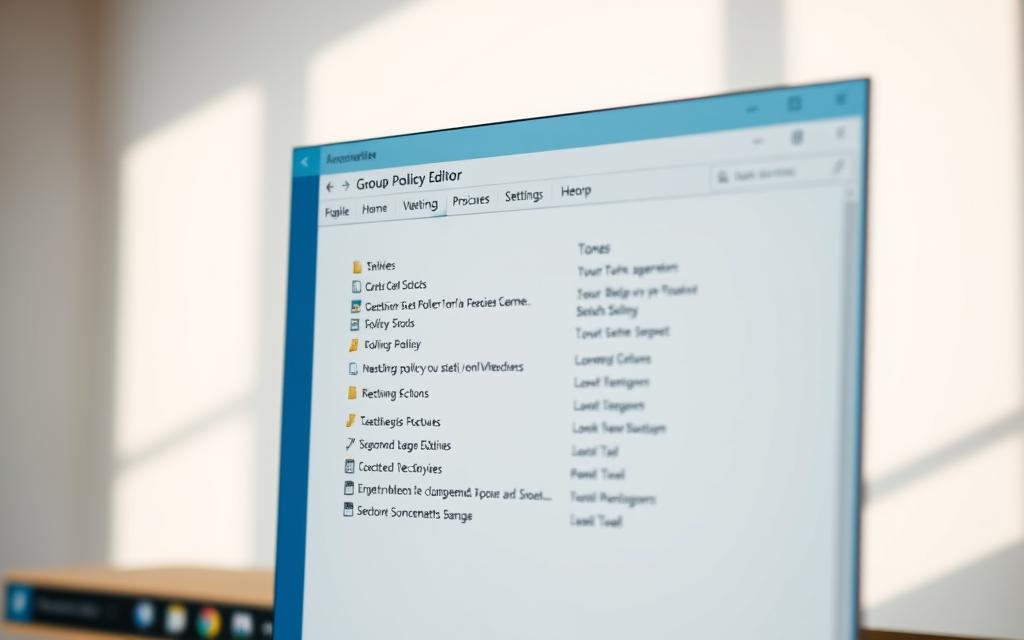
However, this method is limited to specific Windows versions. Home edition users will need alternative approaches, such as modifying the Registry or using third-party tools. Always ensure your system is backed up before making changes.
Step 1: Launch the Local Group Policy Editor
To begin, press Win + R, type gpedit.msc, and hit Enter. This opens the Local Group Policy Editor, where you can navigate to the necessary settings.
Step 2: Navigate to Desktop Settings
In the editor, follow this path:
Administrative Templates > Desktop
Here, you’ll find the Remove Recycle Bin icon policy. This option allows you to hide the icon without affecting its functionality.
Step 3: Enable the Remove Recycle Bin Icon Policy
Double-click the policy and set it to Enabled. Click Apply and OK to save changes. Restart your computer to see the results.
Here’s a comparison of this method with the Registry approach:
| Method | Persistence | Ease of Use |
|---|---|---|
| Local Group Policy Editor | High | Moderate |
| Registry Edit | High | Advanced |
For Home edition users, consider exploring alternative methods to achieve similar results. Always weigh the pros and cons before proceeding.
How to Access the Recycle Bin After Removal
Accessing deleted files after hiding the icon is straightforward with these methods. Whether you’ve hidden the icon for a cleaner workspace or privacy reasons, the functionality remains intact. Here’s how to retrieve your files efficiently.
One quick way is using the search bar. Simply type “Recycle Bin” in the Start menu or taskbar search. This will display the app, allowing you to open it directly. This method works across all Windows versions, making it a reliable option.
For advanced users, a special GUID can be used. Enter the following in the File Explorer address bar:
::{645FF040-5081-101B-9F08-00AA002F954E}
This instantly opens the Recycle Bin, bypassing the need for an icon. It’s a handy trick for those familiar with system shortcuts.
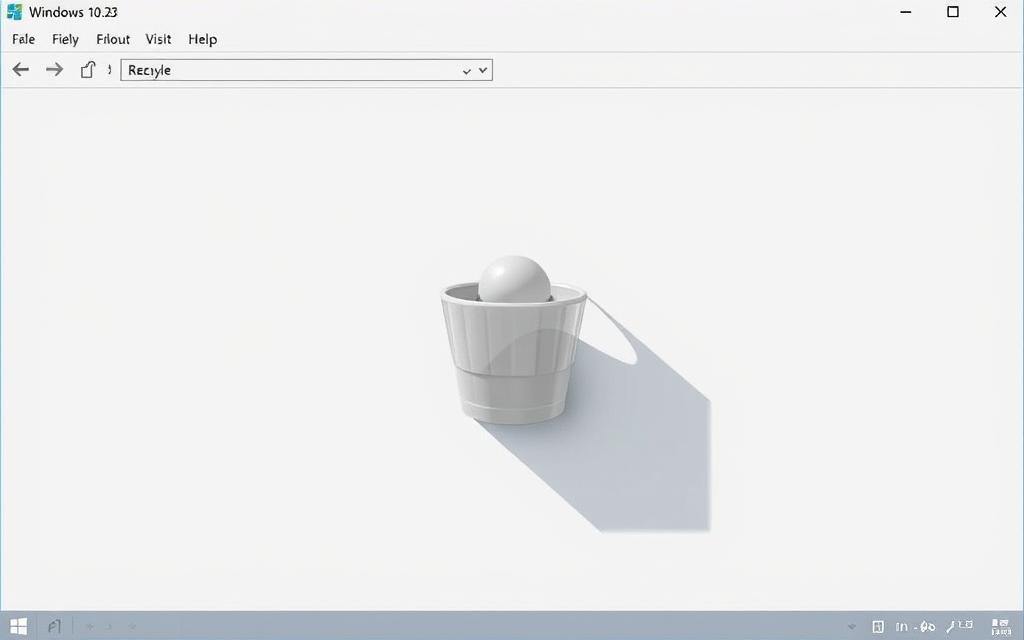
Another method involves navigating to the hidden $Recycle.Bin folder. Open File Explorer and enable hidden items from the View tab. Then, locate the folder in your system drive. Each user has a specific folder for their deleted files, ensuring privacy and organization.
PowerShell commands offer another solution. Run the following command to restore the icon:
Remove-ItemProperty -Path “HKCU:\Software\Microsoft\Windows\CurrentVersion\Explorer\HideDesktopIcons\NewStartPanel” -Name “{645FF040-5081-101B-9F08-00AA002F954E}”
This method is ideal for users comfortable with command-line tools.
For a simpler workaround, create a desktop shortcut. Right-click on the desktop, select New, and choose Shortcut. Enter the GUID mentioned earlier as the location. This provides quick access without restoring the original icon.
Here’s a comparison of these methods:
| Method | Ease of Use | Accessibility |
|---|---|---|
| Search Bar | Easy | All Users |
| GUID Entry | Moderate | Advanced Users |
| Hidden Folder | Moderate | All Users |
| PowerShell | Advanced | Tech-Savvy Users |
| Desktop Shortcut | Easy | All Users |
These methods ensure you can always access your deleted files, even after hiding the icon. Choose the one that best fits your skill level and needs.
Conclusion
Managing your desktop efficiently often involves adjusting system icons. Whether you use settings, the Registry, or the Group Policy Editor, each method has its benefits. Choose based on your technical skill level to ensure a smooth process.
For those concerned about data loss, third-party tools like EaseUS or Auslogics can help recover files. Always be cautious, as some changes may lead to permanent deletion. Regular cleanup of your system can also maintain a clutter-free workspace.
Remember, the Recycle Bin is a core component of Windows. Even if hidden, it continues to function in the background. These steps ensure you can customize your desktop without compromising essential features.
FAQ
Can I restore the Recycle Bin after removing it?
Yes, you can restore it by revisiting the Desktop Icon Settings in the Personalization menu and rechecking the Recycle Bin option.
Is it safe to delete the Recycle Bin key in the Windows Registry?
Deleting the Recycle Bin key is generally safe, but always back up the registry before making changes to avoid unintended system issues.
Will removing the Recycle Bin delete my files permanently?
No, removing the icon does not delete files. You can still access deleted files through File Explorer or by restoring the icon.
Can I use the Local Group Policy Editor on all Windows versions?
The Local Group Policy Editor is available only on Windows Pro, Enterprise, and Education editions, not on Home versions.
How do I access the Recycle Bin if the icon is removed?
Open File Explorer and type “Recycle Bin” in the address bar, or search for it in the Start menu to access it directly.
Are there alternative methods to hide the Recycle Bin without removing it?
Yes, you can hide it by adjusting Desktop Icon Settings or using third-party tools to customize your desktop appearance.


